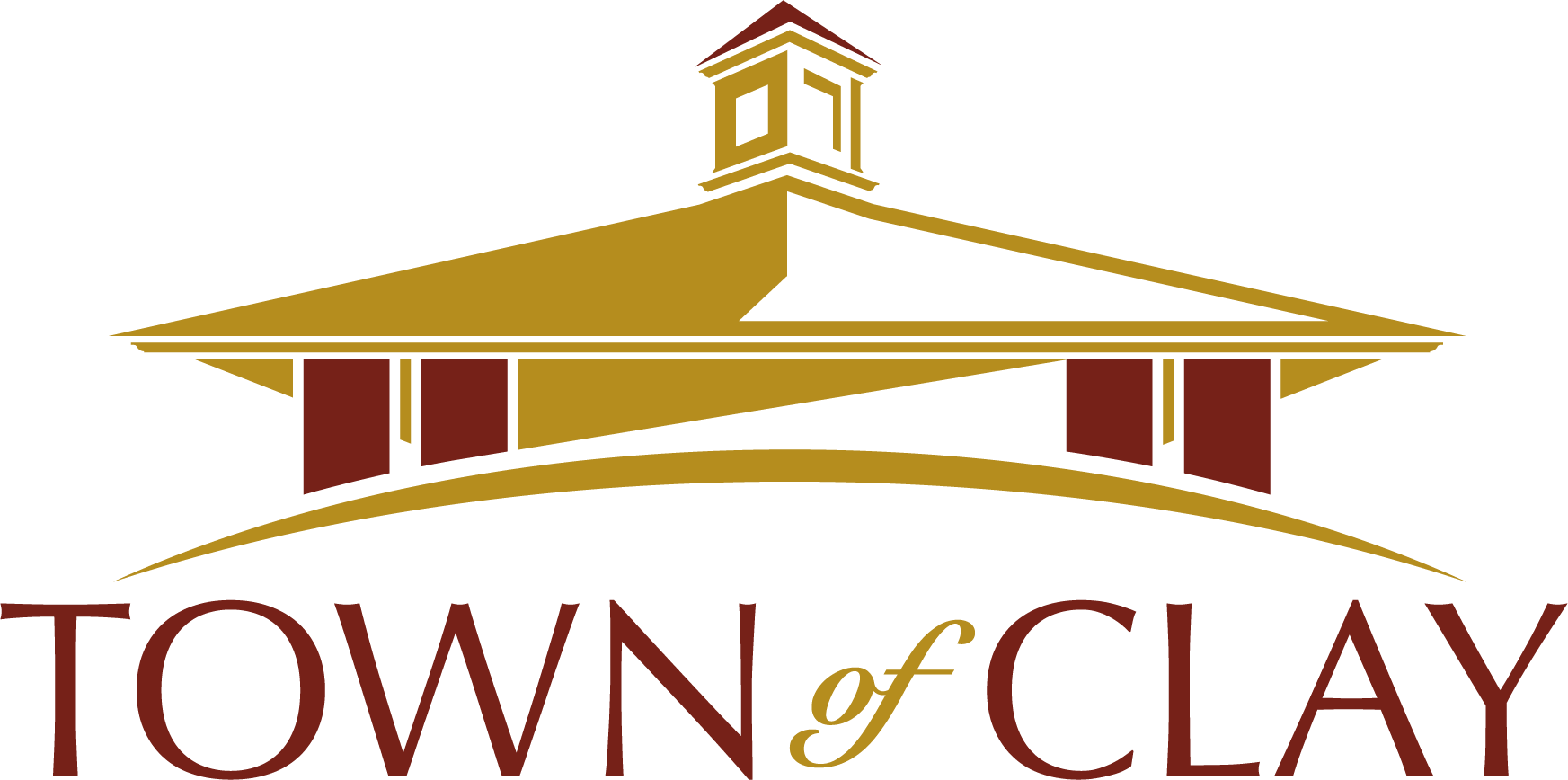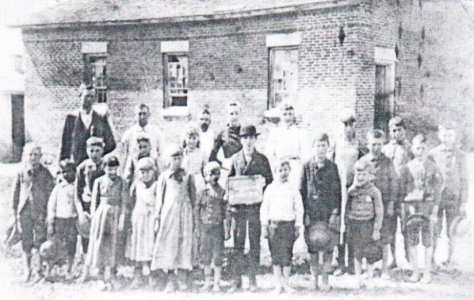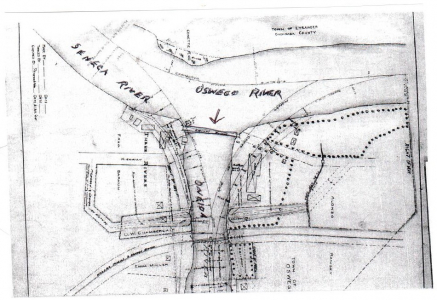Great Northern MallPosted on May 27, 2021 |
Image
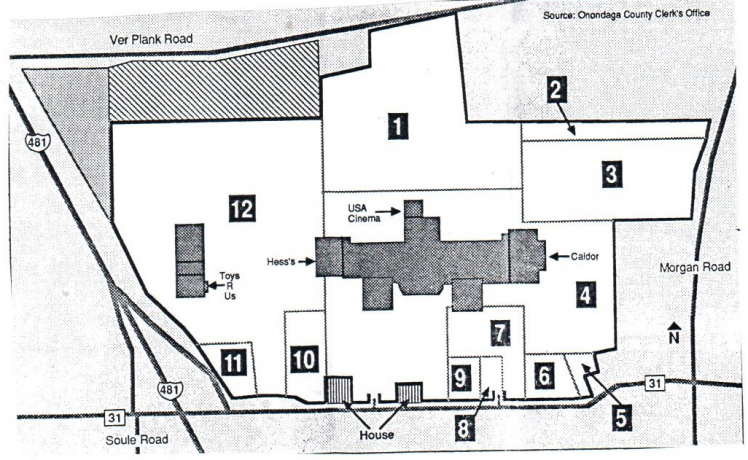
|
HISTORY MYSTERY: Great Northern Mall
In 1975, things began to happen in the northern part of Onondaga County, in the Town of Clay. Family farmers were selling their land. In 1976, Walter Farnholtz sold 2.5 acres, Lillian Gaylord sold 5.2 acres, and Lois and Helen Bettinger sold 1 acre to Wilmorite. June Hullin sold 5.6 acres in 1977 and another 20.2 in 1985 to Wilmorite. James Wilmot founded Wilmorite in 1950 having launched Page Airways in 1938. Wilmot had beaten Eagan by a matter of minutes with an option to buy the Higgs home for $90,000. The land was bought all around it from the Higgs relatives in December 1984, nearly 60 acres. Robert and Diana Higg’s option ran out. The Higgs property was to be the center of the mall. (Number 4 on the map). Charles Delong. Sr. sold 31 acres of the family farm on Ver Plank Road giving the mall a back door. This was to be the largest building project in Clay’s history. Many others sold their property as shown by the numbers in black on the map.
Clay’s population had tripled between 1960 and 1980. Town Supervisor at that time, Pat DiDomenico, stated that: “The building of this mall will help give Clay a sense of identity. It needs one. Most residents say they live in Liverpool…in neighboring Salina, where most Clay mail is processed.” Market studies showed at least 30 per cent of the new mall’s customers would come from Oswego County. Cities of Oswego at 19,000 residents and Fulton at 13,000 residents had the local merchants worried. Another problem arose. In May, 1986 building projects were stalled when a moratorium on new construction was called because the sewage plant at Wetzel Road was overloaded. Ultimately that plant and the pump station at Gaskin Road were upgraded. As for added traffic, a $900,000 off ramp was being built at Caughdenoy Road and Maple Road which would ultimately allow commuters to exit the highway without being dumped into the mall traffic at Route 31.
Wilmorite spent $956,000 for 188 acres between 1975 and 1985 to put together the land for the mall.
The July 12, 1987 map shows the two homes of the Hicks widows, who were holding out for better offers from Wilmorite or another developer. Roberta’s husband was Diana’s husband’s uncle. Mr. Lee Belle, the company’s vice president in charge of Syracuse Operations spent much time negotiating with them. In 1985, he had offered Diana Higgs $50,000, then $65,00 but she declined because she would have to save half for her children to all turn 21 according to her deceased husband’s will. She listed the house with a DeWitt real estate agent.
In the October 29, 1987 Neighbors section of the Post Standard, five land owners in the mall area agreed to sell their properties together. They worked with the Clay Planning Board to create a proposal to sell their properties as one large parcel. Even though some of the five had received individual offers that were tempting, it would mean more access roads from Route 31 which did not agree with the town’s Corridor study. Wilmorite didn’t plan to buy these properties even though they were considered prime locations near the mall. Francis Fiorito owned the 150-year old Euclid Hotel on Route 31 and Morgan Road and the house immediately west. West of that were the homes of the five; John Golley, Bill Ash,
David Gruel, Bill Kline, and Reena Krell.
They would miss their homes for many simple reasons. John Golley says it is his forsythia bush. Bill Ash says it means hiking back to Mud Creek to reel in a batch of fresh bullhead. Reena Krell says it’s the ancient maples that leaked light through their branches and fanned a breeze on hot summer days. Of historical interest is the legend that both Krell’s house and Golley’s house next door - believed to be built around 1814 - were underground railroad sanctuaries for runaway slaves. Reena said she discovered what appeared to be a hidden compartment when her daughter accidentally fell through a wall playing hide-and-seek years before. Euclid was the type of place where you had a corner store and a corner bar and everybody knew everybody. Two businesses near their home had no intention of leaving: Fioritio said “the Euclid is here to stay.” William’s Grocery, across the street, planned to stay open. The five land owners agreed that wherever they went, they wanted what they had here in Clay, “a place with space to breathe.”
Dorothy Heller, Historian
5-27-21
Other
History Mysteries
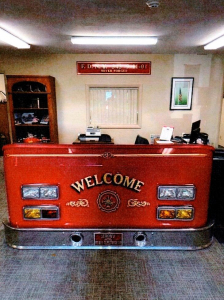
Jerome Fire Equipment Company
History Mystery | Jul 29, 2021
HISTORY MYSTERY: Jerome Fire Equipment Company
